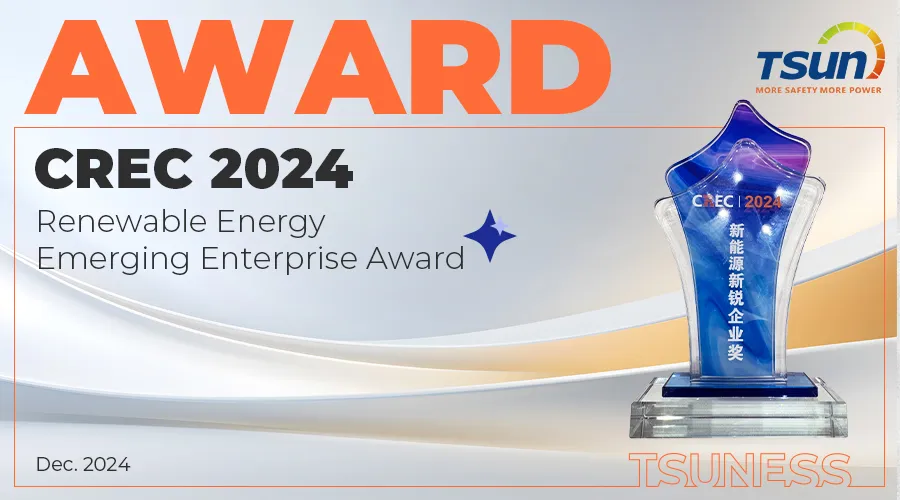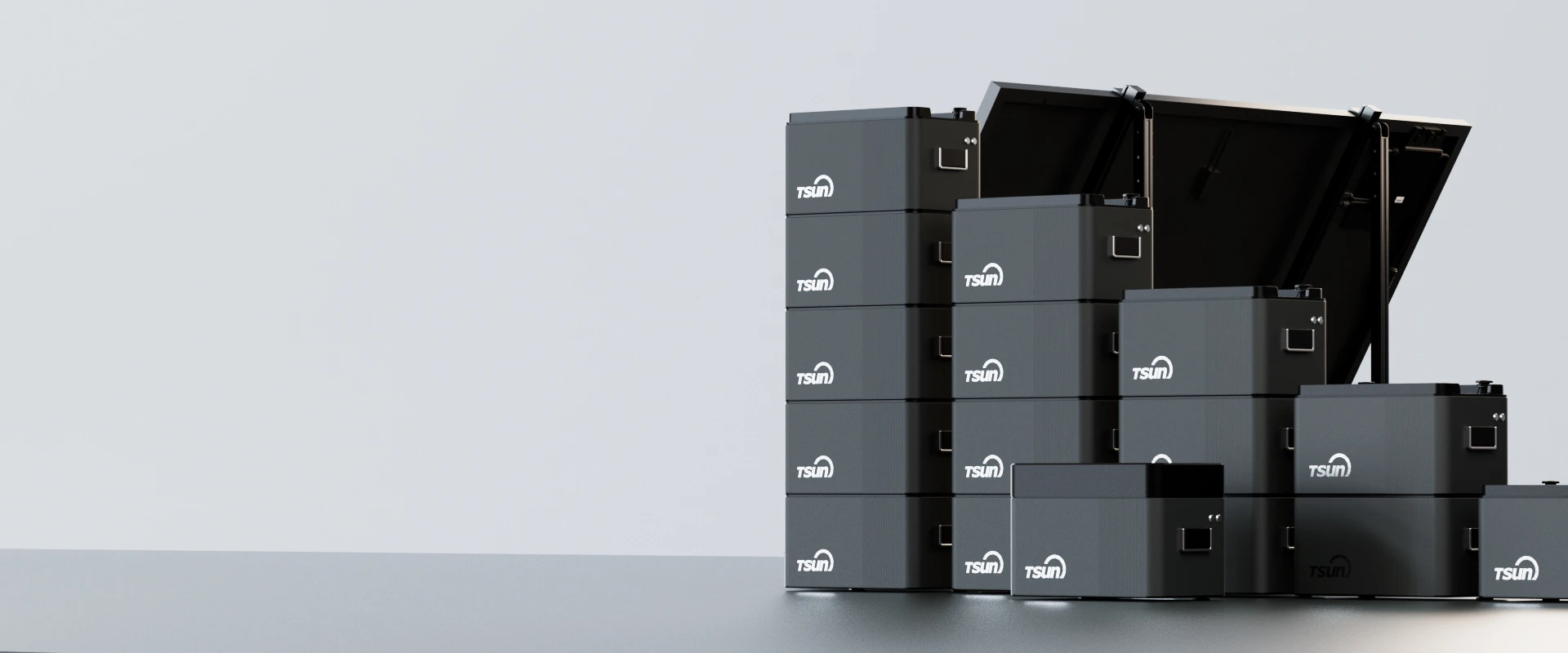Choosing between string inverters and micro inverters is a crucial decision for anyone considering solar energy systems. Both types play pivotal roles in converting direct current (DC) produced by solar panels into the alternating current (AC) used by household appliances. Yet, their operational differences can impact performance, cost, and overall system reliability. Understanding these nuances can help solar adopters make informed decisions that optimize their energy production and financial investment.

String inverters, often considered the traditional choice, are typically more cost-effective upfront. They connect a series of solar panels into a single string, transforming the energy produced by the group collectively. This configuration can simplify installation and reduce the number of inverters required, thus lowering equipment and labor costs. However, one major downside is the potential for performance bottlenecks. If one panel in a string is shaded or malfunctions, it can diminish the power output of the entire string. Therefore, string inverters are most effective in environments where shading is minimal and all panels receive uniform sunlight.
Conversely, micro inverters attach to each individual solar panel, enabling each panel to operate independently. This architecture means if one panel is shaded or fails, it doesn’t impede the performance of others. Micro inverters can optimize the output of each panel and have proven highly effective in installations with shading issues. Moreover, they provide enhanced monitoring capabilities, offering granular data for performance analysis per panel. This can lead to improved maintenance and troubleshooting, ensuring each panel operates at peak efficiency.

From an expertise perspective, the choice between string and micro inverters involves considering the specific attributes of the installation site. Factors such as roof orientation, shading, and the potential for future system expansion can heavily influence which inverter type to choose. Micro inverters provide greater flexibility for complex roof layouts and differing panel orientations, an advantage in residential settings with space constraints. On the other hand, string inverters are often favored in large-scale installations, where uniformity across a broad array of panels is achievable, and cost management is a priority.
string inverters vs micro inverters
Authoritativeness in the solar industry emphasizes understanding and evaluating performance warranties and service reputations of inverter brands. Top manufacturers for string inverters typically offer warranties ranging from 5 to 10 years, whereas micro inverters might offer warranties up to 25 years. Assessing the reliability and customer support of various brands is essential, as the longevity and service quality of inverters directly affect overall system productivity and return on investment.
Trustworthiness in adopting solar technologies is rooted in verified performance and safety standards. Inverters, whether string or micro, must comply with international safety certifications, such as UL or TÜV. Buyers should ensure their chosen vendor adheres to these regulations, guaranteeing device safety and adherence to local codes. Furthermore, engaging with customer reviews and case studies can provide authentic insights into real-world performance, assisting in making a decision that aligns with environmental conditions and personal expectations.
The debate between string inverters and micro inverters ultimately revolves around specific needs and circumstances. Cost considerations, site-specific factors, and long-term energy goals should guide this decision. By leveraging expertise, assessing authoritative guidance, ensuring product trustworthiness, and valuing personal experience, solar consumers can select an inverter system that maximizes energy harvest and fosters a sustainable, efficient transition to solar power.
 LEARN DETAILS
LEARN DETAILS



